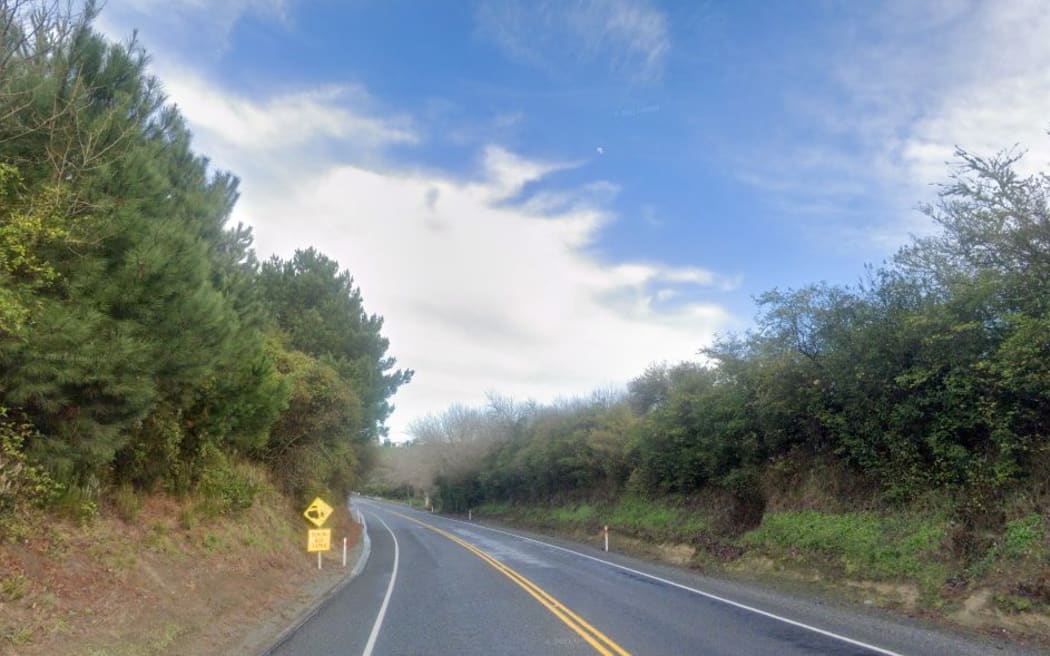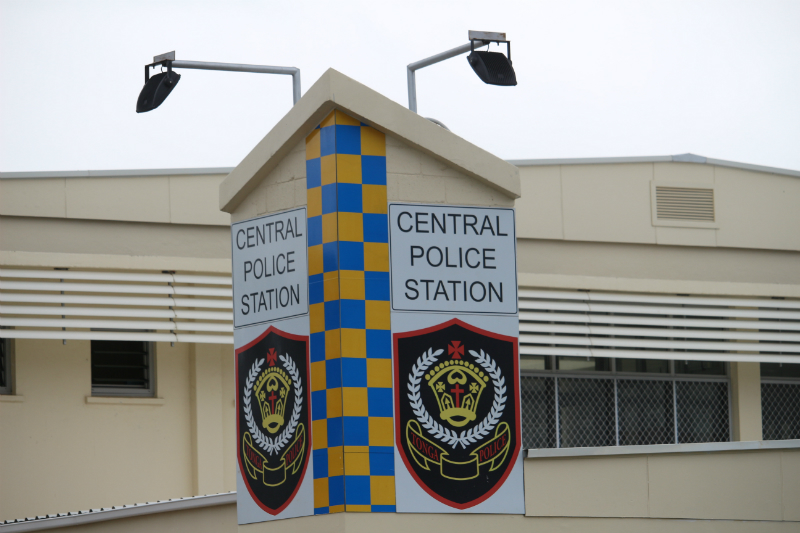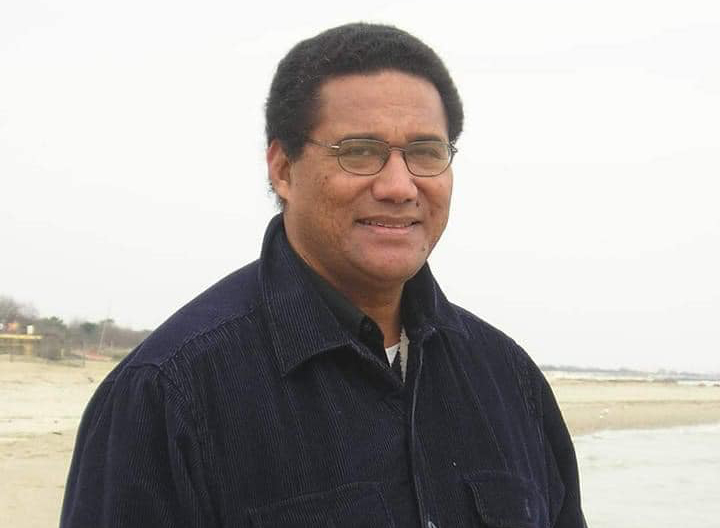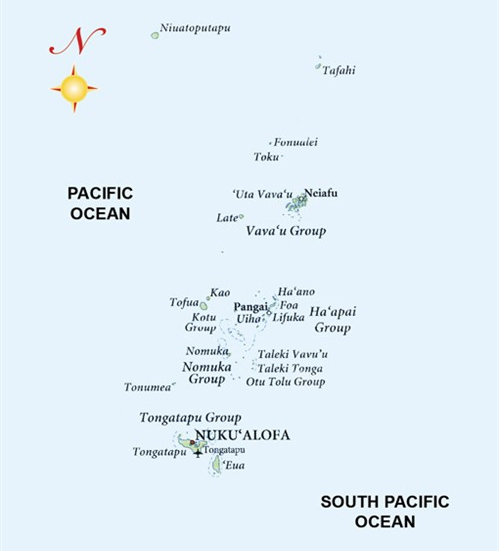A new law in New Zealand makes it an offense if a salesperson refuses to leave a property when told to do so.
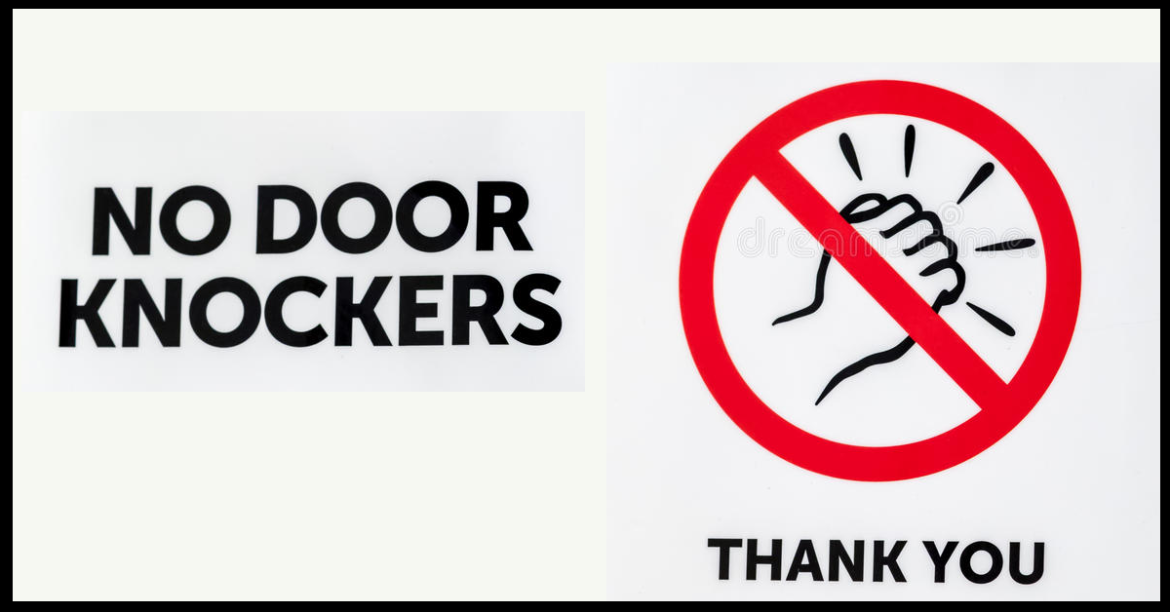
An uninvited seller who contacted a household through email or phone call could face a court order to cancel or vary a sales agreement, as well as compensation, the law says.
A door-knocker who breaches the ‘Do Not Knock’ sticker law will face hefty fines of up to $30,000.
Joseph Liava’a, the Associate Commissioner of the Commerce Commission, welcomed the law, saying it gave extra protection to buyers about the information salespeople had to give them.
Liava’a said the law gave customers time to change their mind about sales and what they should do if they decided to cancel the sale.
“The new rules mean residents can stop sale people from coming into their homes without being invited”, Liava’a told PMN.
The householders could use a sign or a ‘Do Not Knock’ sticker to tell salespeople not to enter their property.
People can put the signs on their front gate or their front door.
“It doesn’t have to be a fancy sign it can be simple handwritten sign it just has to be legible, readable and visible. And it can say things like do not knock or no salespeople or something to that effect”.
“If you tell them not to come to your property that salesperson can’t return for two years, unless you invite them back,” Liava’a said.
He advised householders to make a note of the date that they ask the traders to go.
“Write down the name of the business. Take a photo or video if that is possible,” he said.
Residents could also complain to the Commerce Commission if traders refused to leave, or ignored stickers, but Liava’a advised people to talk to the knockers first and see if they could resolve it.
“If that sticker is ignored give them a call: Hey, this is the situation we don’t think this is on,” Liava’a said.
Customers who want a Do Not Knock sticker can go to https://www.consumer.org.nz/articles/do-not-knock/get-a-sticker
They can either order a free sticker to be sent to them or download a free downloadable printable copy
Consumer is also distributing stickers to Citizens Advice Bureaux, Resene ColorShops and any store that sells Resene paints.


